Home>Gardening & Outdoor>Landscaping Ideas>What Is Humic Acid For Lawns
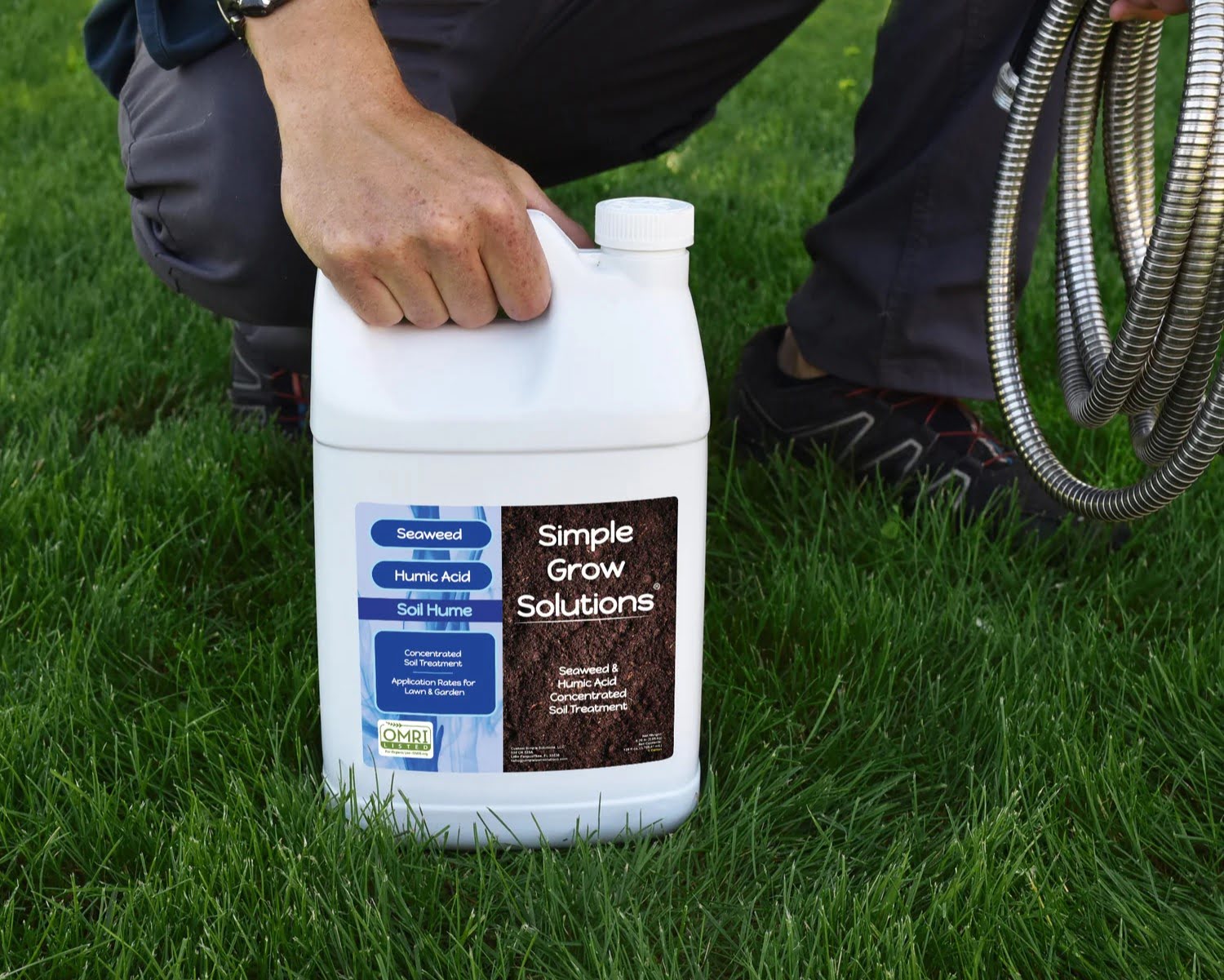

Landscaping Ideas
What Is Humic Acid For Lawns
Modified: January 9, 2024
Discover the benefits of using humic acid for lawns and how it can improve your landscaping ideas. Learn how to enhance your lawn with this natural soil amendment.
(Many of the links in this article redirect to a specific reviewed product. Your purchase of these products through affiliate links helps to generate commission for Storables.com, at no extra cost. Learn more)
Introduction
Landscaping enthusiasts are always on the lookout for natural and effective ways to enhance the health and vitality of their lawns. One such solution that has gained prominence in recent years is the use of humic acid. This organic compound, derived from decayed organic matter, has shown remarkable potential in promoting soil health and fostering robust plant growth. In this article, we will delve into the world of humic acid and its application in lawn care, exploring its benefits, application methods, and important considerations to ensure optimal results. Whether you are a seasoned gardener or a novice homeowner looking to elevate the lushness of your lawn, understanding the role of humic acid can be a game-changer in your landscaping endeavors. Join us as we uncover the secrets of this natural elixir and its transformative impact on lawns.
Key Takeaways:
- Humic acid, derived from organic matter, improves soil health, nutrient availability, and water retention, promoting lush, resilient lawns.
- Applying humic acid through granular or liquid forms enhances soil structure, aids in nutrient management, and fosters microbial activity for vibrant, healthy lawns.
Read also: 8 Amazing Humic Acid For Lawns For 2024
What Is Humic Acid?
Humic acid is a natural compound that forms as a result of the decay of organic matter in the soil. It is a key component of humus, the organic component of soil, and is revered for its ability to improve soil structure and fertility. This remarkable substance is rich in organic carbon and is known for its dark color, often contributing to the rich, dark hue of fertile soils. Humic acid is a complex mixture of many different acids and compounds, including fulvic acid, humin, and ulmic acid, each playing a unique role in soil health and plant nutrition.
One of the most striking characteristics of humic acid is its chelating properties, meaning it has the ability to bind to and make essential nutrients more available to plants. This is particularly beneficial in soils with high pH levels, where certain nutrients may become less accessible to plants. Additionally, humic acid aids in retaining moisture in the soil, reducing water runoff and enhancing the overall water-holding capacity of the soil. As a result, it supports the development of strong, deep root systems in plants, which is crucial for the health and resilience of lawns.
Furthermore, humic acid fosters the proliferation of beneficial microorganisms in the soil, creating a thriving ecosystem that supports plant growth. By promoting microbial activity, humic acid aids in the decomposition of organic matter, releasing vital nutrients that are essential for the nourishment of plants. This intricate web of interactions underscores the profound impact of humic acid on soil and plant health, making it a valuable asset in the pursuit of vibrant, resilient lawns.
Benefits of Using Humic Acid for Lawns
Integrating humic acid into a lawn care regimen offers a myriad of benefits that contribute to the overall health and vibrancy of the turf. One of the primary advantages of using humic acid is its ability to improve soil structure. By enhancing the aggregation of soil particles, humic acid fosters the development of a well-aerated, crumbly soil texture that facilitates root penetration and water infiltration. This, in turn, promotes robust root growth and enhances the overall resilience of the lawn against environmental stressors.
Humic acid also plays a pivotal role in nutrient management, particularly in soils with imbalanced pH levels. Its chelating properties enable it to bind to essential nutrients, such as iron, making them more available to plants. This is especially beneficial for lawns growing in alkaline soils, where certain nutrients may become less accessible to plants. By enhancing nutrient availability, humic acid supports the healthy development of lawns, promoting lush, green foliage and vigorous growth.
Furthermore, the water-retention capabilities of humic acid contribute to improved moisture management in the soil. By enhancing the soil’s water-holding capacity, humic acid helps to mitigate the effects of drought stress on lawns, ensuring consistent moisture levels for optimal growth. This is particularly advantageous in regions prone to dry spells, where maintaining adequate soil moisture is essential for sustaining healthy turf.
Another notable benefit of humic acid is its positive influence on microbial activity in the soil. By fostering a thriving microbial community, humic acid promotes the decomposition of organic matter, releasing valuable nutrients that are essential for the nourishment of lawns. This symbiotic relationship between humic acid and soil microorganisms contributes to the overall fertility and vitality of the soil, creating an environment conducive to robust plant growth.
Moreover, the application of humic acid can aid in mitigating the effects of environmental stressors, such as compaction and chemical imbalances in the soil. Its ability to improve soil structure and nutrient availability equips lawns with the resilience needed to withstand adverse conditions, fostering a lush, resilient turf that thrives in the face of challenges.
By harnessing the benefits of humic acid, homeowners and landscapers can elevate the health and beauty of their lawns, fostering a verdant oasis that stands as a testament to the transformative power of natural soil amendments.
Applying humic acid to your lawn can improve soil structure, increase nutrient uptake, and promote healthy root growth, leading to a lush and vibrant lawn.
How to Apply Humic Acid to Lawns
Application of humic acid to lawns is a straightforward process that can yield significant benefits when performed with care and precision. Before applying humic acid, it is essential to assess the condition of the lawn and determine the appropriate dosage based on the soil type, grass species, and overall lawn health. This can be achieved through soil testing, which provides valuable insights into the nutrient profile and pH levels of the soil, guiding the application process.
When applying humic acid to lawns, there are several methods to consider, each offering unique advantages based on the specific needs of the turf. One common approach is to use granular humic acid formulations, which can be applied using a broadcast spreader. This method ensures even distribution of the product across the lawn, allowing for efficient incorporation into the soil. Granular humic acid can be applied in conjunction with regular fertilization schedules, providing a comprehensive approach to lawn care that addresses both nutrient availability and soil health.
Alternatively, liquid humic acid formulations offer a versatile and rapid means of application, allowing for targeted treatment of specific areas or the entire lawn. Liquid humic acid can be applied using sprayers, providing a convenient and precise method for delivering the compound to the soil. This approach is particularly beneficial for addressing localized soil deficiencies or promoting rapid uptake of humic acid by the grass roots.
For established lawns, core aeration prior to applying humic acid can enhance the efficacy of the treatment by facilitating better penetration of the compound into the soil. Core aeration creates channels in the soil, reducing compaction and promoting improved air and water infiltration, thereby optimizing the conditions for the integration of humic acid into the root zone.
It is important to follow the manufacturer’s recommendations regarding application rates and frequency to ensure optimal results while minimizing the risk of over-application. Additionally, incorporating humic acid into a comprehensive lawn care program that includes proper watering, mowing, and fertilization practices can maximize its benefits, fostering a resilient and vibrant turf that thrives in its environment.
By thoughtfully integrating humic acid into lawn care practices, homeowners and landscapers can harness its transformative potential, nurturing lush, healthy lawns that stand as a testament to the profound impact of natural soil amendments.
Precautions and Considerations
While humic acid offers a host of benefits for lawns, it is important to approach its application with a few key precautions and considerations in mind to ensure optimal results and environmental responsibility. One crucial aspect to consider is the potential for over-application, which can lead to an imbalance in soil nutrient levels and may have unintended consequences for the lawn ecosystem. It is essential to adhere to recommended application rates and to avoid excessive or frequent application of humic acid to prevent nutrient imbalances and mitigate the risk of environmental impact.
Additionally, it is advisable to perform a soil test prior to applying humic acid to assess the existing nutrient levels and pH of the soil. This information can guide the application process, allowing for targeted and precise treatment tailored to the specific needs of the lawn. By understanding the soil’s composition, homeowners and landscapers can optimize the application of humic acid, ensuring that it complements existing soil conditions and promotes a balanced nutrient profile conducive to healthy turf growth.
When applying humic acid, it is important to consider environmental factors such as weather conditions and soil moisture. Ideally, application should be carried out during periods of moderate temperatures and adequate soil moisture to facilitate the integration of humic acid into the soil. Avoiding application during periods of drought or excessive rainfall can help maximize the effectiveness of the treatment and minimize the risk of nutrient leaching or runoff.
Furthermore, it is advisable to store humic acid products in a cool, dry place away from direct sunlight to maintain their efficacy and prevent degradation. Proper storage and handling of humic acid products contribute to their longevity and ensure that they retain their beneficial properties when applied to the lawn.
It is also important to consider the compatibility of humic acid with other lawn care products, such as fertilizers and pesticides, to prevent any potential interactions that may compromise their effectiveness. Consulting with a knowledgeable professional or the product manufacturer can provide valuable insights into the appropriate timing and methods for integrating humic acid into a comprehensive lawn care regimen.
By approaching the application of humic acid with these precautions and considerations in mind, homeowners and landscapers can harness its benefits responsibly, fostering healthy, resilient lawns while minimizing environmental impact and promoting sustainable landscaping practices.
Read more: What Is Cyanuric Acid In A Hot Tub
Conclusion
As we conclude our exploration of humic acid and its role in lawn care, it becomes evident that this natural compound holds tremendous potential for transforming the health and vitality of lawns. From its ability to improve soil structure and nutrient availability to its capacity for fostering microbial activity and mitigating environmental stressors, humic acid stands as a powerful ally in the pursuit of vibrant, resilient turf.
By integrating humic acid into lawn care practices, homeowners and landscapers can embark on a journey toward nurturing lush, healthy lawns that thrive in their environment. The benefits of humic acid extend beyond mere aesthetics, encompassing the creation of a balanced, fertile soil ecosystem that supports robust plant growth and sustains the overall well-being of the lawn.
However, it is essential to approach the application of humic acid with a sense of responsibility and consideration for the environment. Adhering to recommended application rates, performing soil tests, and considering environmental factors are pivotal in ensuring that the benefits of humic acid are maximized while minimizing the risk of over-application and environmental impact.
Ultimately, the incorporation of humic acid into lawn care represents a harmonious synergy between natural soil amendments and the art of landscaping, culminating in the cultivation of vibrant, resilient lawns that serve as a testament to the transformative power of organic compounds. By embracing the potential of humic acid, homeowners and landscapers can embark on a journey toward creating landscapes that not only captivate the eye but also embody a sustainable, holistic approach to nurturing the beauty of nature.
As we bid farewell to this exploration, let us carry forward the wisdom of humic acid, embracing its potential to enrich our lawns and cultivate landscapes that flourish in harmony with the natural world.
Frequently Asked Questions about What Is Humic Acid For Lawns
Was this page helpful?
At Storables.com, we guarantee accurate and reliable information. Our content, validated by Expert Board Contributors, is crafted following stringent Editorial Policies. We're committed to providing you with well-researched, expert-backed insights for all your informational needs.






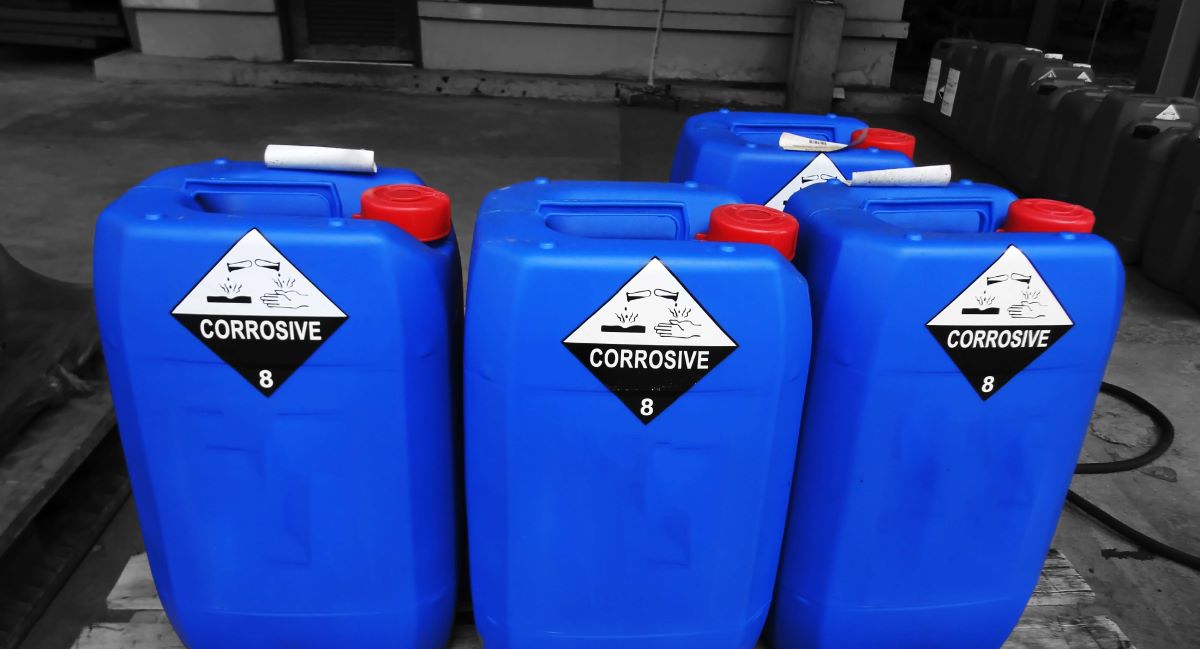
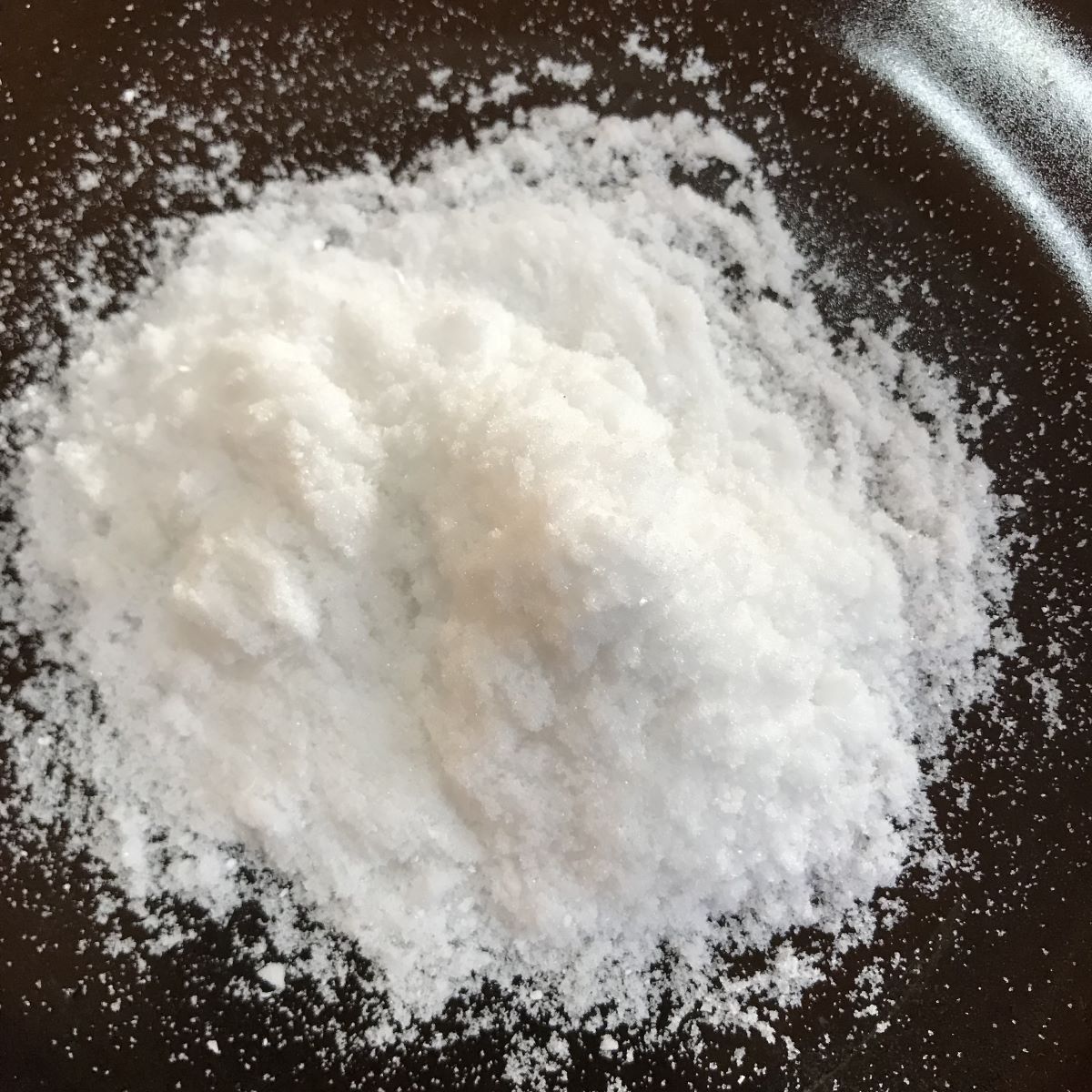
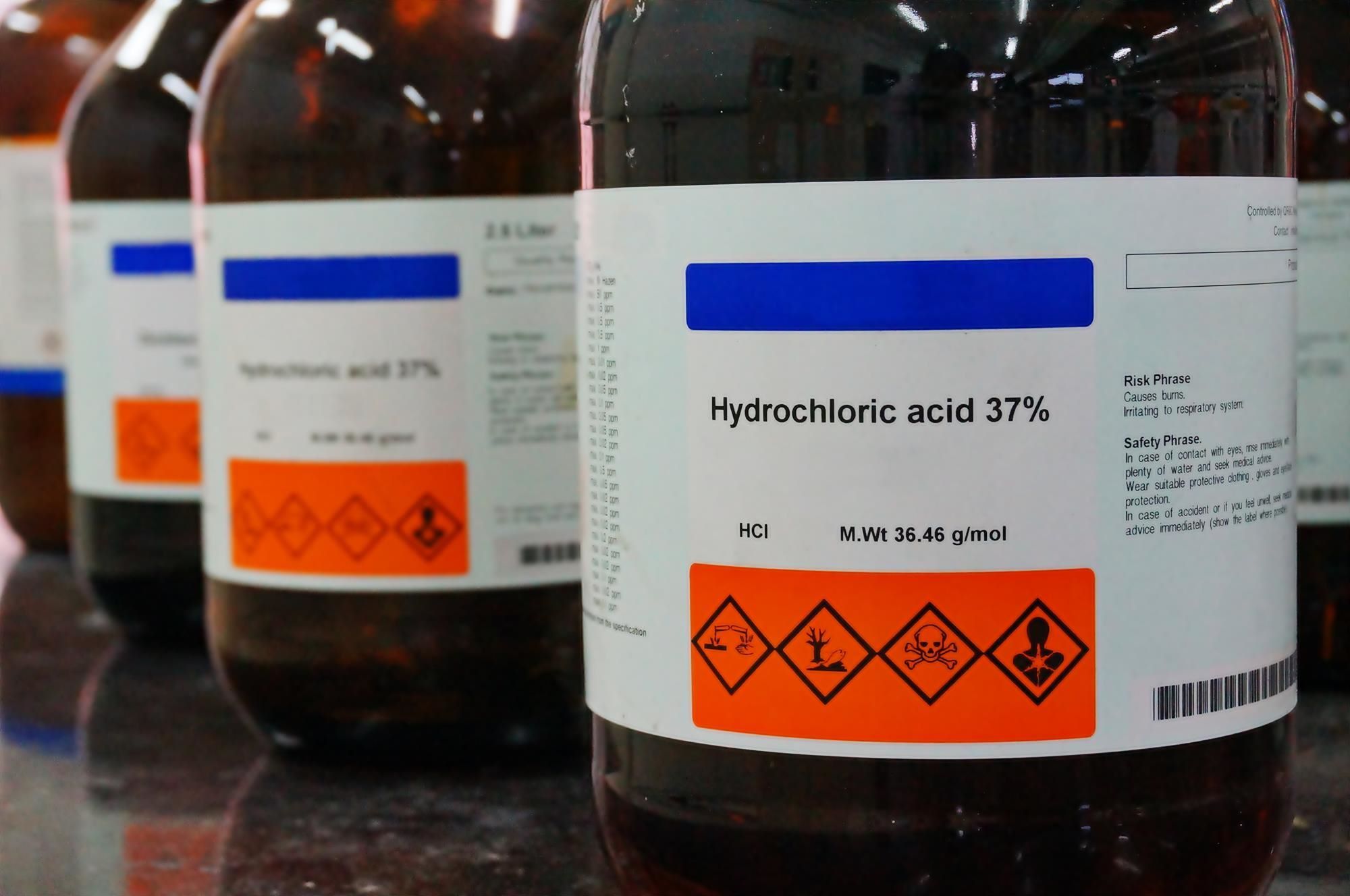
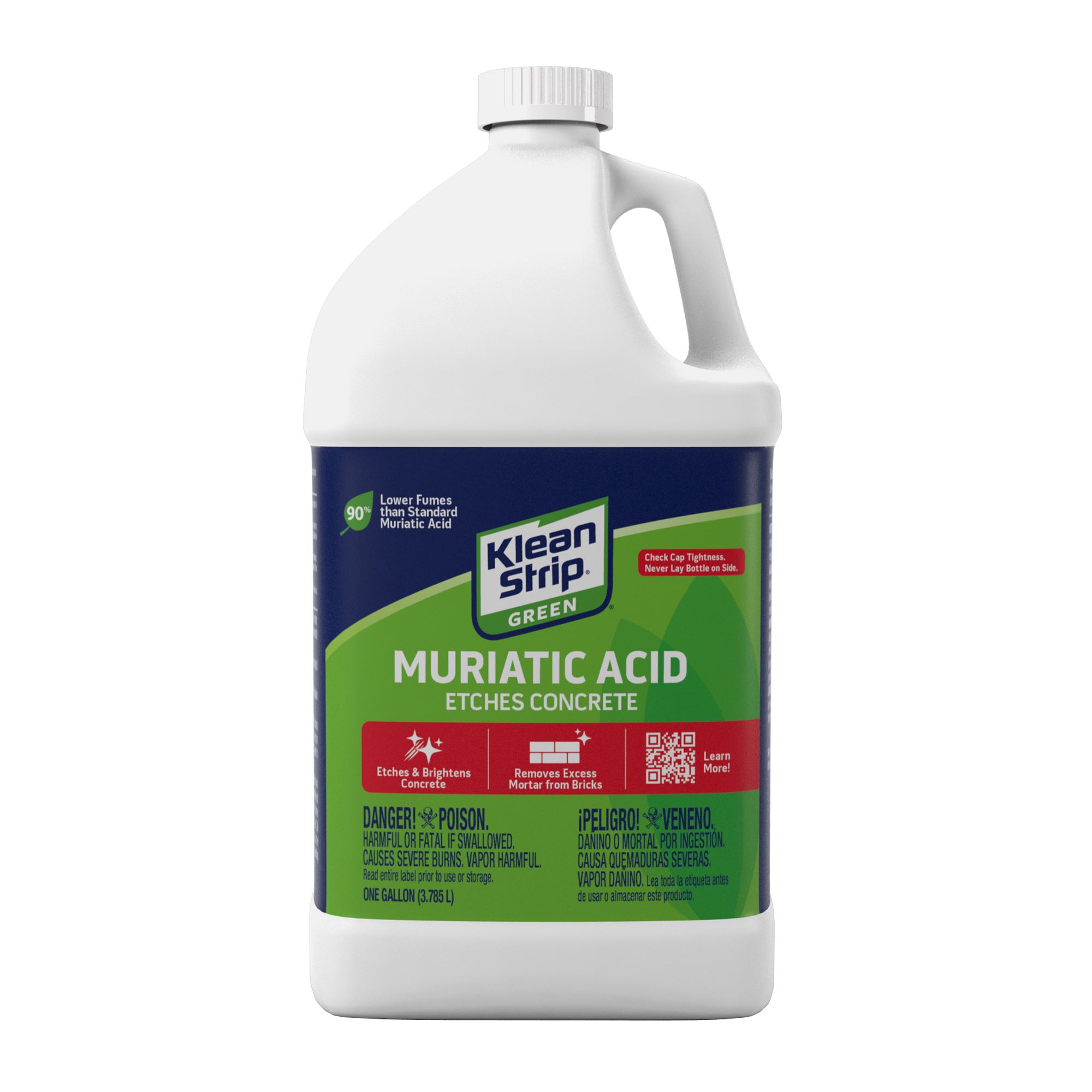
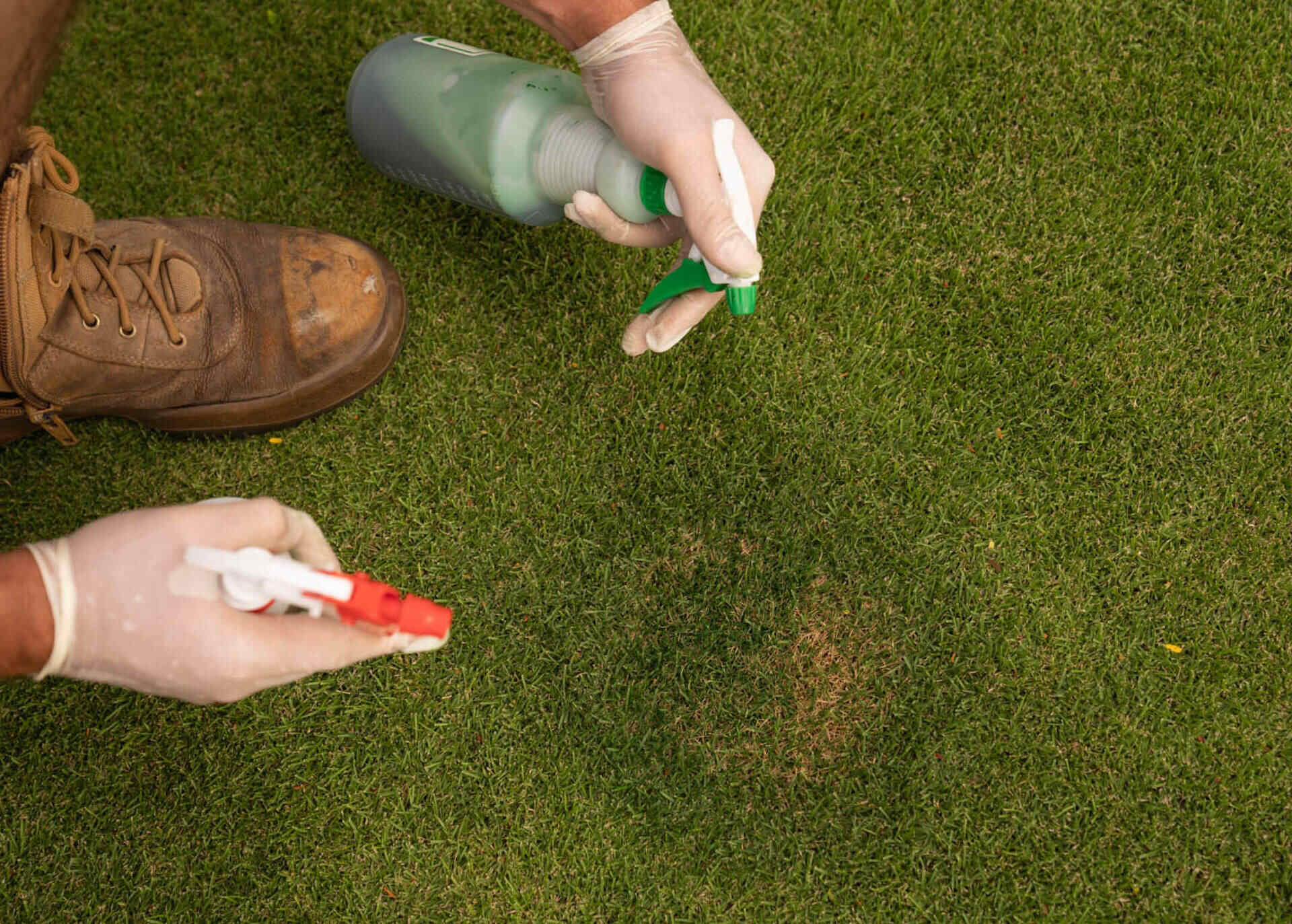
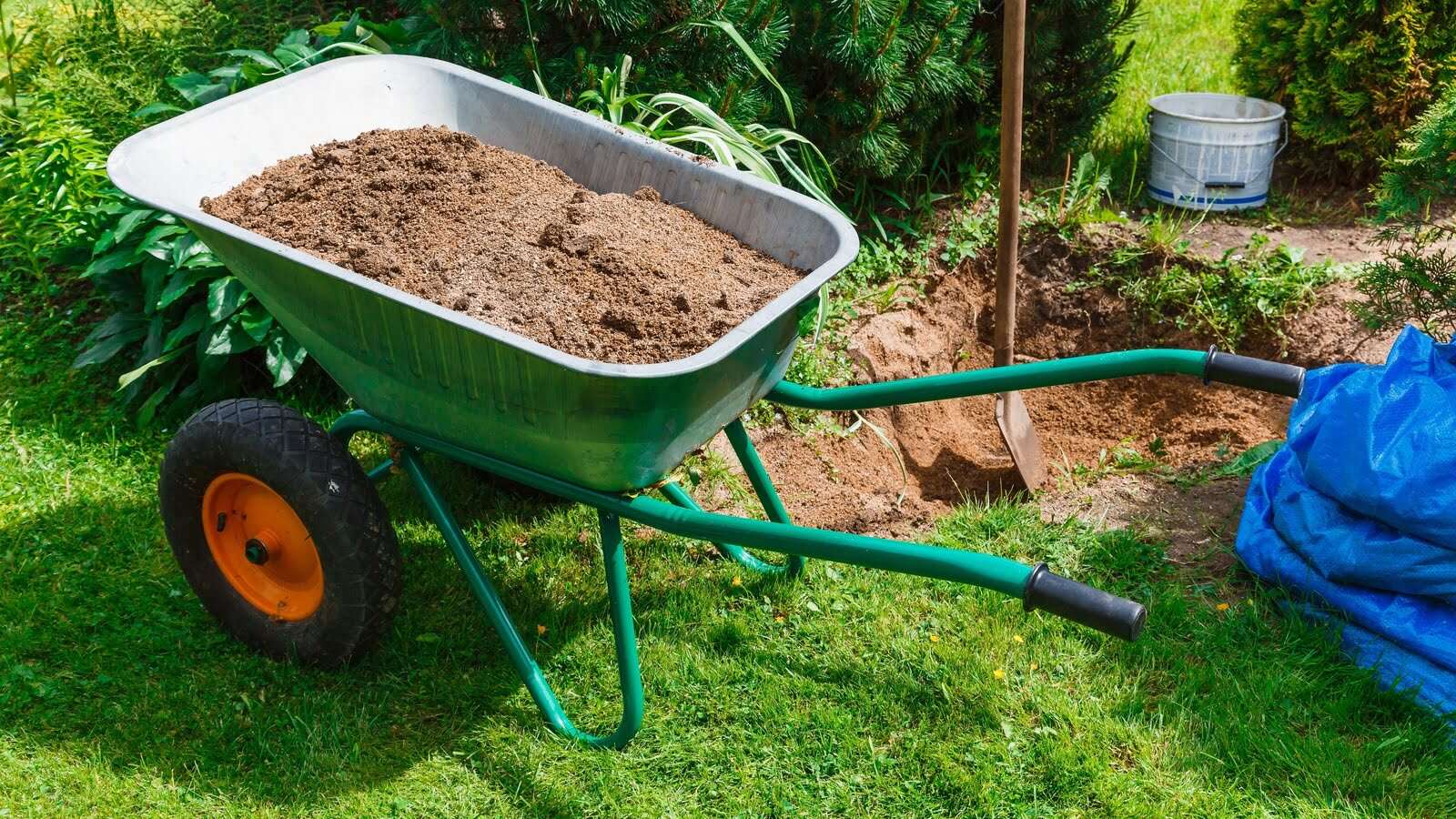



0 thoughts on “What Is Humic Acid For Lawns”